
by Joe Hartman | Oct 30, 2013 | Neuromonitoring Training
Muscle Relaxants And Neurophysiological Monitoring So you want to tell anesthesia they can’t use muscle relaxant on this case? You’re bound to get a wide ranges of responses, from acknowledgement, dirty looks and maybe even a full blown temper tantrum.... 
by Joe Hartman | Oct 3, 2013 | IOM Jobs
IOM Jobs: In-House Or With A Contractual Neuromonitoring Company: Pros And Cons With the amount of people looking to get into neuromonitoring, and some of the larger companies slowing down their hiring till the dust settles on these billing issues, it seems like most... 
by Joe Hartman | Aug 14, 2013 | IOM Jobs
Interviewing For A Neuromonitoring Job If you got the call for an interview for a neuromonitoring job, then you’ve already wowed them with your killer IONM résumé. Now comes the part that everyone love… selling yourself without sounding like a braggart,... 
by Joe Hartman | Jul 30, 2013 | Neuromonitoring Training
Direct Motor Evoked Potentials Continuing on from the post about intraoperative monitoring for gliomas (and trying my best not to ramble on too much in this post), I’d like to discuss some pros and cons to using a surface electrode strip as an anode directly on... 
by Joe Hartman | Jul 25, 2013 | Neuromonitoring Training
Neurophysiologic Intraoperative Monitoring With Sugammadex Let me start off by saying this… I have no experience with the use of Sugammadex during neurophysiological monitoring. The drug was denied FDA clearance in the USA in 2008, so maybe some UK readers can... 
by Joe Hartman | Jul 15, 2013 | Neuromonitoring Training
Somatosensory Evoked Potential Test Variability In my previous 2 post about temporal dispersion and somatosensory evoked potential test variability, I went over how to ID trial-to-trial variability, how to handle it and what was happening to the waveform. I’m... 
by Joe Hartman | Jul 8, 2013 | Neuromonitoring Training
SSEP Increased Variability vs. Increased Latency: A question from a reader… In my last post, I talked about using the waterfall function to better determine your SSEP baselines, as well as how using it can be helpful in determining your level of confidence with... 
by Joe Hartman | Jun 26, 2013 | Neuromonitoring Training
Intraoperative Somatosensory Evoked Potentials With our patient population getting older (the motor conduction slows by 0.4–1.7 m/s per decade after 20 years and the sensory by 2–4 m/s), overweight (conduction velocity of motor and sensory nerves decreases as BMI... 
by Joe Hartman | Jun 12, 2013 | IOM Jobs
Neuromonitoring Job Since I started this website, I get emails and calls all the time about how to get a neuromonitoring job with no CNIM. I’m glad to help, but feel like I end up saying a lot of the same thing over and over. So I’m making this post in... 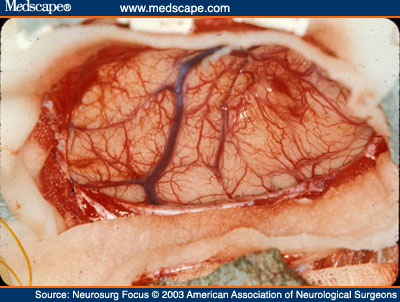
by Joe Hartman | Jun 10, 2013 | Neuromonitoring Training
Glioma Surgery… Is Intraoperative Monitoring Wort It? Glioma tumors in the brain (which is a common malignant brain tumor) provides a intraoperative monitoring conundrum for the surgeon. Typically, can we offer the surgeon the ability to better localize the... 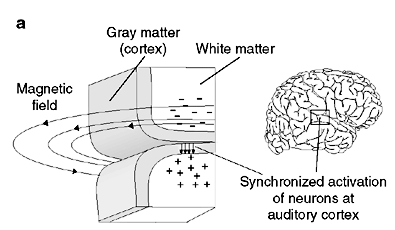
by Joe Hartman | Jun 6, 2013 | Neuromonitoring Study Guides
CNIM Exam Preparation: Far-Field Responses I’ve asked a couple of readers what they were having trouble with when preparing for the CNIM exam. In the last post, I went over when to use constant voltage and constant current. This time, I’m going to go over... 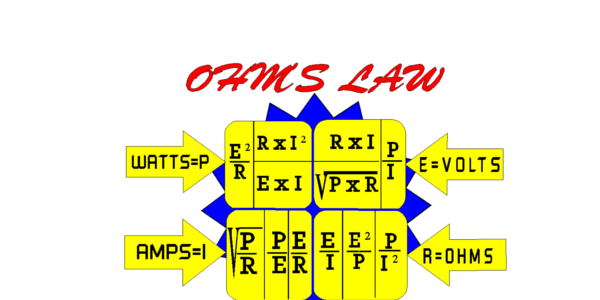
by Joe Hartman | May 29, 2013 | Neuromonitoring Study Guides
Preparing For The CNIM Test: Constant Voltage Vs. Constant Current During your CNIM test prep, you might have come across some questions on stimulation parameters. Here’s a quick overview of constant current and constant voltage as used during intraoperative... 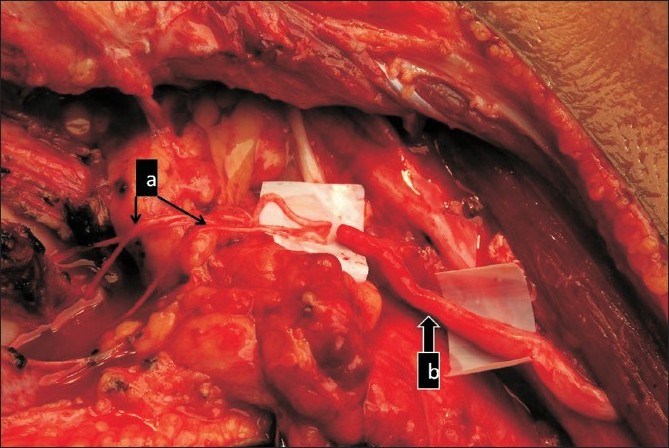
by Joe Hartman | May 24, 2013 | Neuromonitoring Training
Intraoperative Nerve Action Potentials (NAP) Optimization Intraoperative nerve action potentials allow testing of the peripheral nerve through physiological means. A surgeon uses the information you give them from the NAP to assess nerve damage, assess the degree of... 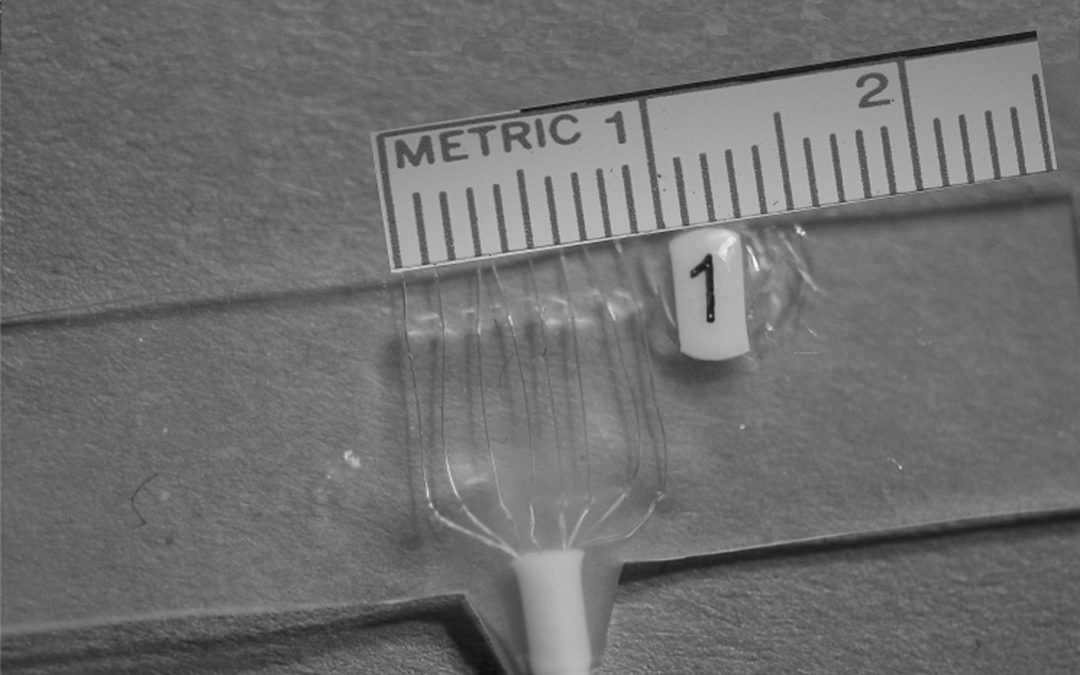
by Joe Hartman | May 22, 2013 | Neuromonitoring Training
Spinal Tumors That Need Dorsal Column Mapping Intraoperative neurophysiological mapping of dorsal columns isn’t really one of the neuromonitoring community’s “bread and butter” cases. Not that there isn’t anything of benefit we offer the... 
by Joe Hartman | May 10, 2013 | IOM Jobs, Neuromonitoring Training
How To Adapt Your Résumé To Land Neuromonitoring Jobs… If you’ve been a neuromonitoring professional for some time, chances are you’ve been tempted to check out some other neuromonitoring jobs at some point. I mean, the grass is always greener,... 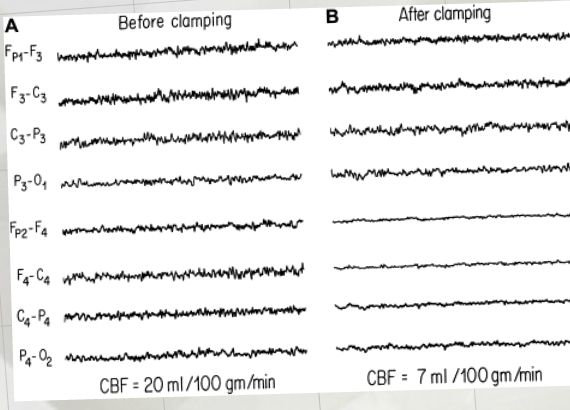
by Joe Hartman | May 4, 2013 | Neuromonitoring Training
Neuromonitoring Carotid Endarterectomy In the last post, I talked about an email asking for information about neuromonitoring for carotid endarterectomy surgeries. I told the emailer… “No, problem. Maybe I’ll even put a presentation together that... 
by Joe Hartman | Apr 28, 2013 | Neuromonitoring Training
A Request From A Reader… Create a Presentation For Neuromonitoring Carotid Endarterectomy Procedures I had an email from a colleague looking for some info for neuromonitoring carotid endarterectomy procedures. I decided to go ahead and make a slideshow... 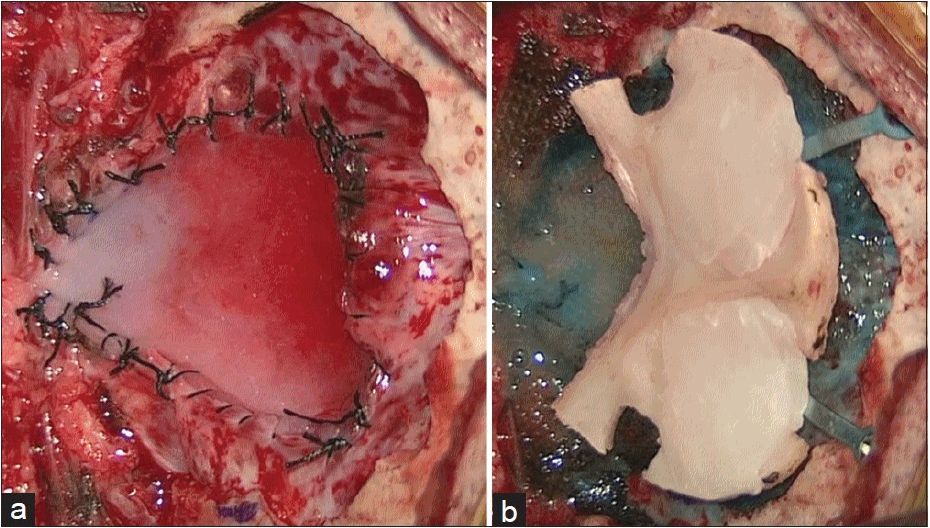
by Joe Hartman | Apr 16, 2013 | Neuromonitoring Training
Brainstem Auditory Evoked Potential Used To Predict The Need For Duraplasty In Chiari Malformation Type I Decompression Have you ever had the following conversation with a surgeon after decompression is complete? Surgeon: How do things looks (refering to SSEP and/or... 
by Joe Hartman | Apr 9, 2013 | Neuromonitoring Study Guides
Yet Another Example On How To Easily Fail The DABNM Oral Test This is the third and last of my negatively phrased post on why you (might have) failed the DABNM oral test (you can find the first two post on how not to fail the DABNM exam here and here). Not because... 
by Joe Hartman | Apr 5, 2013 | Neuromonitoring Study Guides, Neuromonitoring Training
Tips On How To Prepare For The DABNM Oral Exam Continuing on from my first post about reasons why you didn’t pass the DABNM oral boards, I’d like to cover something that you’ll hear from most people that took the DABNM oral exam… They... 
by Joe Hartman | Mar 27, 2013 | Neuromonitoring Study Guides, Neuromonitoring Training
How To Pass The DABNM Oral Examination Let’s not kid ourselves here… the DABNM oral examination is one tough exam. I’ve taken clinical boards, national boards, Florida state boards and the boards for the diplomate in Chiropractic neurology (DACNB).... 
by Joe Hartman | Mar 16, 2013 | Neuromonitoring Training
SSEP P14 Potential: One Of The Unknown Obligates Do you use a P14 potential for SSEP in the upper extremity? I didn’t think so (don’t worry, I usually don’t either). But if you took a CNIM or DABNM exam, you’d think it would be a part of... 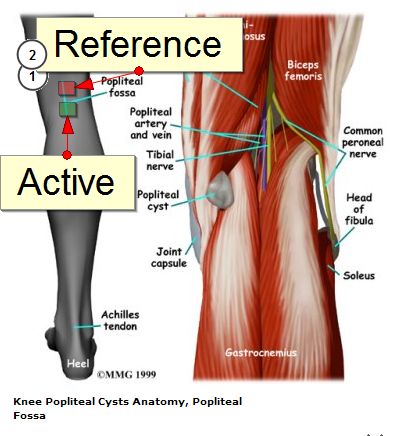
by Joe Hartman | Mar 7, 2013 | Neuromonitoring Training
The Popliteal Fossa Response I got an email the other day for someone looking for some help with obtaining a popliteal fossa potential… Joe, Thanks again for the help! Had a question… with the Pop Fossa, what montage do you use for it? I’ve never... 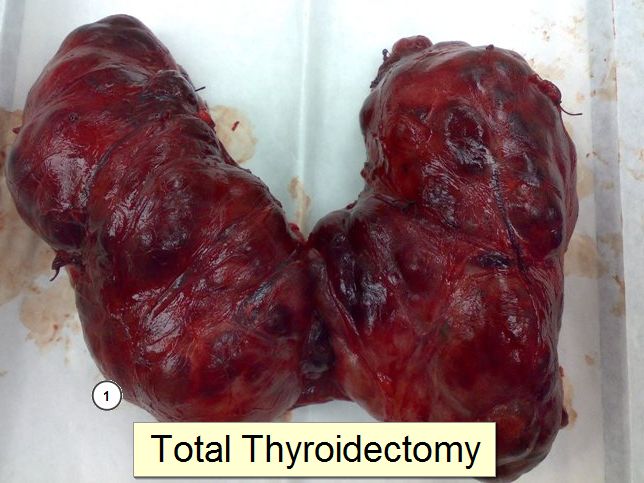
by Joe Hartman | Feb 25, 2013 | Neuromonitoring Training
Triggered EMG for Total Thyroidectomy In one of my previous post, I wrote about monitoring the recurrent laryngeal nerve with triggered EMG and the possibility of giving the surgeon misinformation. That misinformation (in that hypothetical scenario) could lead the... 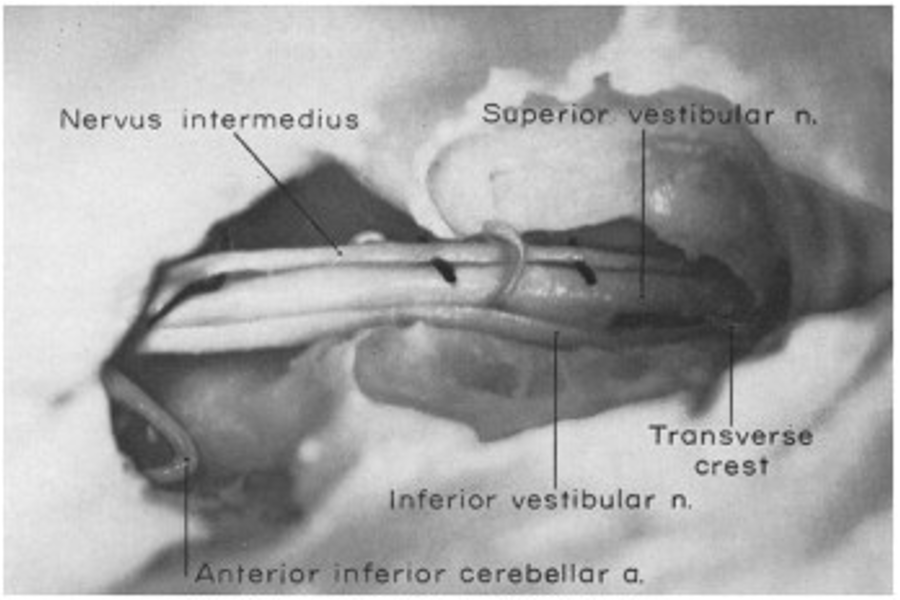
by Joe Hartman | Feb 18, 2013 | Neuromonitoring Training
Possible Facial Nerve Monitoring Blunder… Facial nerve monitoring is one of the things that we as intraoperative neurophysiologist can perform with a high level of certainty Because of the amount of research demonstrating its usefulness, the information we give... 
by Joe Hartman | Feb 13, 2013 | IOM Jobs, Neuromonitoring Training
Land Your First IOM Job It’s the weirdest thing… IOM companies are always looking to hire someone with at least a CNIM and 3 years experience while so many people are always wondering where to find their first IOM job. There’s always that... 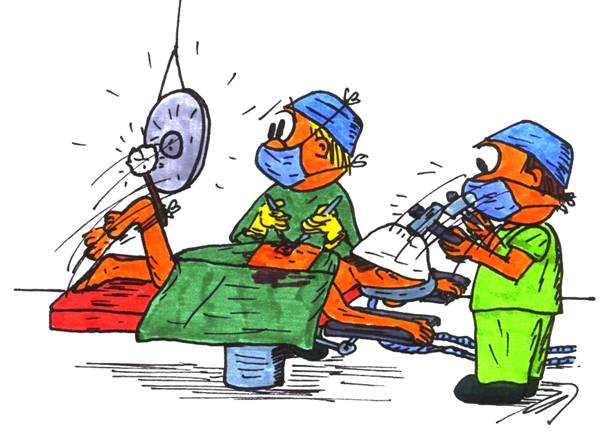
by Joe Hartman | Feb 6, 2013 | Neuromonitoring Training
I came across some papers on motor evoked potentials (MEPs) that got me thinking a little bit. It got me thinking about small influences in the operating room that may, or may not, affect our tracings during our cases. Specifically, MEPs. Here’re some snippets... 
by Joe Hartman | Nov 26, 2012 | Neuromonitoring Study Guides
The CNIM Test Is The Make Or Break Of IONM As a young boy, I didn’t dream of passing the CNIM test and watch my career in IOM take off. Like everyone else I’ve met who does neuromonitoring, I kind of just fell into this. But I’m glad I did. I soon... 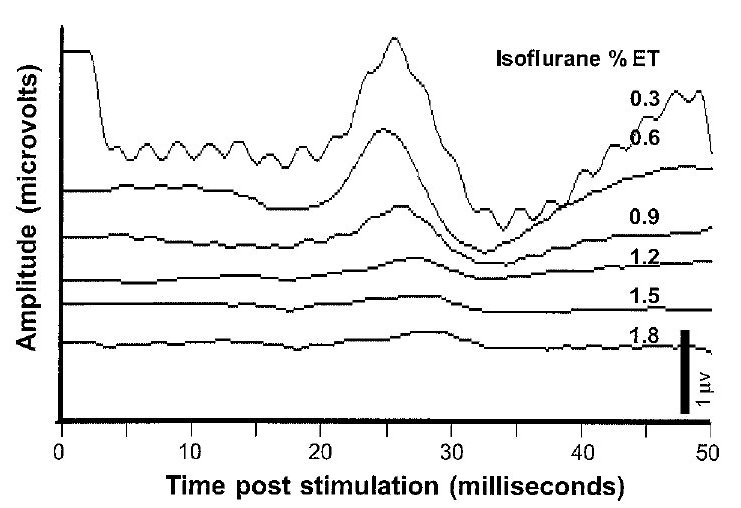
by Joe Hartman | Oct 29, 2012 | Neuromonitoring Training
SSEP Baseline One of the few things in IONM that’s agreed upon (well, mostly anyways), is that an amplitude reduction of 50% in SSEP baseline, or a 10% latency shift off of those somatosensory evoked potential baselines, is a reliable alarm criterion to use... 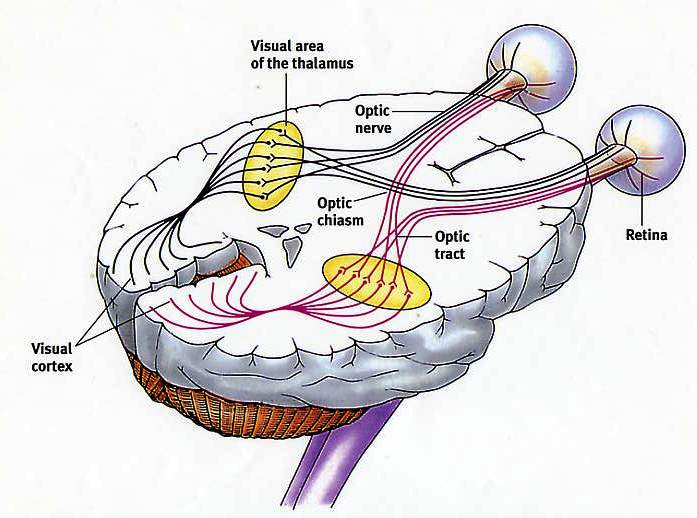
by Joe Hartman | Oct 24, 2012 | Neuromonitoring Training
When talking about intraoperative monitoring of visual evoked potentials, it’s almost like you’re getting a history lesson, seeing as most groups aren’t doing them. And most have 2 things that come to mind right away. First, visual evoked potentials... 































